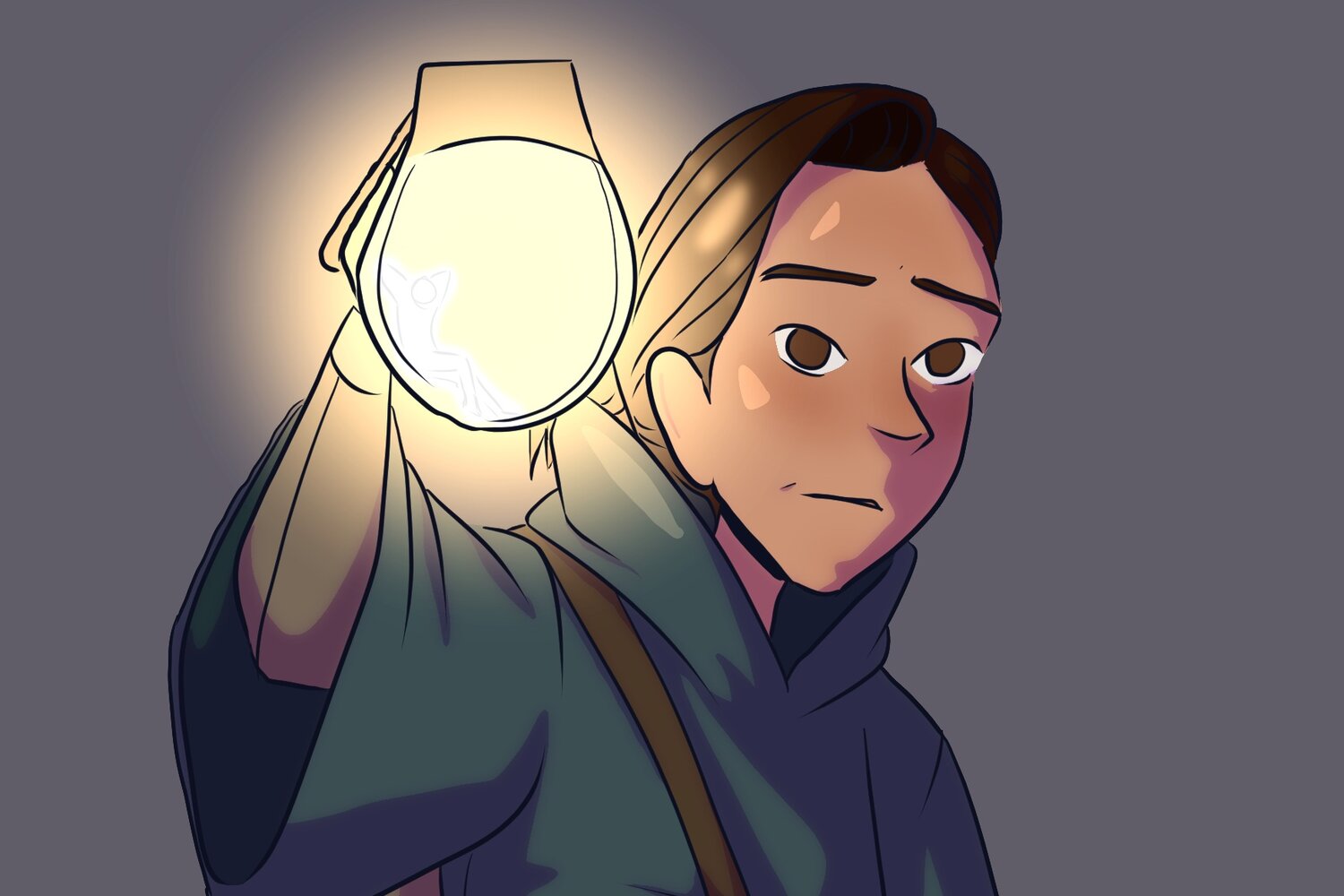Reading as a Writer: The Priory of the Orange Tree by Samantha Shannon
Purchase through my Amazon link to support this blog: https://amzn.to/3rJeFR0
I recently read Priory of the Orange Tree by Samantha Shannon. I enjoyed the book, although I had some complaints while reading. Broadly, this story is a multi-PoV fantasy epic clocking in at 800 pages. I'm always interested in how these books manage to hold reader attention for that long and how they juggle the jumps between PoV. The following are three of the main takeaways I got from reading this book. No direct spoilers, although some vague spoilers as a trope used in the book is discussed.
Use multiple point of view characters to build tension by giving them goals and motivations in direct conflict with each other:
The point of view characters have goals and motivations that are in direct conflict and this adds to the tension of the plot. There was a weakness in the writing in that the PoV characters sometimes have voices that are too similar, so that when they are together, it can be confusing who's PoV the reader is experiencing. In fact, there are a few places where I believe the PoV head hops between characters accidentally. However, what the PoV characters lack in distinct voices, they make up for in delightfully conflicting motivation. Especially at the beginning, the point of view characters have very different goals, some of them are in direct conflict with the others. None are framed as outright villainous, but their conflicting motivations drive the story in the first half of the book. With each shift in perspective, I found myself cheering against the person I was cheering for just a chapter earlier. This masterful handling of character motivations made it satisfying as the characters slowly fell into alignment against the true antagonist and came together at the end, while providing an exciting source of tension at the beginning. Point of view changes are common in fantasy and I have rarely seen the play between character motivations utilized as well as it was in this book. If I had to pick one major strength that I hope to apply to my own writing it is this. The strength of point of view characters not only having different goals, but conflicting goals was masterfully demonstrated in this book. I only wish the characters had a more unique voice that matched their unique characterization.
Keep pacing consistent through changes in action and rest cycles:
In many places, the pacing was inconsistent. The book starts with a very slow pace as the story is set up and characters are put into place. The reader expectation is set for a very slow paced book. Then, somewhere in the second quarter of the book, the pace picks up suddenly. After that, the pace bounces between this incredibly slow pace, and unnecessarily fast pace. Sometimes it feels like the story is rushing between two plot points, other times we're lingering on a detailed list of the exact dishes being served at a feast for an entire page. The way the book bounces jarringly between fast and slow paced sections is immersion breaking. As a writer, this highlighted the importance of consistent pacing. Every story has high action and rest periods, but swing between these needs to be smooth and consistent.
Do not waste potential tension when setting up foreshadowing by having the pay off too soon:
One thing that bothered me that I haven't seen mentioned often is that the author often would set up a plot device then immediately pay it off in the next chapter or even the same chapter. This happened the most in the second and third quarter of the book, and it was irritating. It was very much a case of the trope where the soldier in the trench shows a picture of his beautiful family back home and gets blown up in the very next scene. In essence, it was heavy handed foreshadowing that didn't have the chance to build tension as the payoff came too quickly afterwards. For my own writing, this was a reminder to spread out the foreshadowing and relationship building. The only deaths that left me teary eyed were the ones where the relationships were building through long stretches of the book. I might have known the death was coming, but I cared a lot more when I was left to linger in the tension between knowing they were going to die, but not wanting it to happen.

